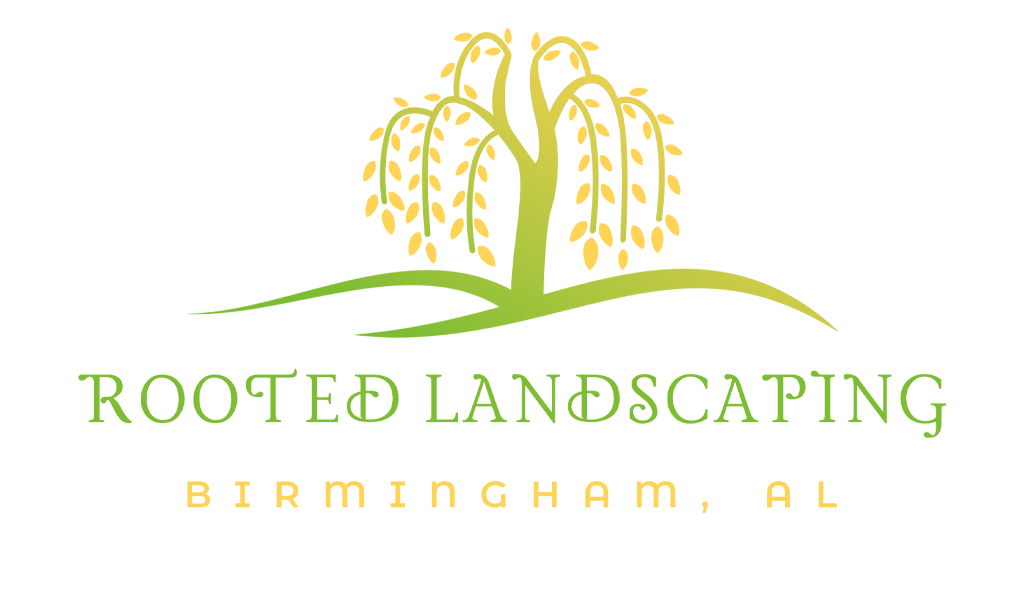If you’re a nature enthusiast or someone who simply enjoys the sight of vibrant colors fluttering through the air, then planning a butterfly garden in Pinson, AL, is a wonderful way to bring beauty and life to your outdoor space. With its diverse range of native plant species and favorable climate, Pinson provides the perfect setting for creating a habitat that will attract and support various butterfly species.
Before diving into the planning process, it’s essential to understand the basics of what a butterfly garden entails. A butterfly garden is a specially designed garden that provides food, shelter, and breeding opportunities for butterflies. By incorporating a variety of nectar-rich flowers, host plants for caterpillars, and other butterfly-friendly features, you can create a welcoming environment for these delicate creatures to thrive.
Here are some key steps to consider when planning your butterfly garden in Pinson, AL:
1. Research Native Plant Species: Start by researching native plant species that are well-suited to the Pinson area and are known to attract butterflies. Native plants not only provide a familiar food source for local butterfly species but also require less maintenance and water compared to non-native plants.
2. Choose a Sunny Location: Butterflies are cold-blooded insects that rely on the sun’s warmth to regulate their body temperature. Select a sunny location for your garden where butterflies can bask in the sunlight and easily access nectar-rich flowers.
3. Include Host Plants: To attract butterflies to your garden, you’ll need to include host plants that serve as food sources for caterpillars. Different butterfly species have specific host plant preferences, so be sure to include a variety of plants to cater to a diverse range of butterflies.
4. Provide Shelter and Water: Butterflies need sheltered areas to rest and seek refuge from predators. Incorporate features like rocks, logs, or tall grasses where butterflies can roost and take cover. Additionally, consider adding a shallow water source like a birdbath or saucer filled with water and pebbles for butterflies to drink from.
5. Avoid Pesticides: To create a safe and healthy environment for butterflies, avoid using pesticides in your garden. Instead, opt for natural pest control methods like handpicking pests or introducing beneficial insects that feed on garden pests.
6. Maintain Your Garden: Regular maintenance is key to ensuring the long-term success of your butterfly garden. Keep an eye out for weeds that can crowd out butterfly-friendly plants and deadhead flowers to encourage continuous blooming.
By following these steps and putting in the effort to create a butterfly-friendly habitat in your Pinson garden, you can enjoy the sight of these graceful creatures flitting from flower to flower throughout the season. Not only will you be contributing to the conservation of butterfly species, but you’ll also create a peaceful and enchanting space for yourself to relax and connect with nature.


